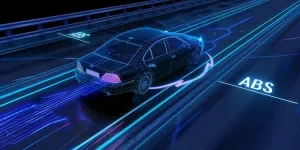The Anti-Lock Braking System (ABS) is a critical component in modern vehicles, enhancing safety and control during emergency braking situations. Understanding ABS’s role, choosing the right system, and maintaining it can significantly impact your driving experience. This comprehensive guide will cover all you need to know about ABS, from its basic function to its replacement and cost.
Table of Contents:
– What is ABS?
– What does ABS do?
– How to choose ABS?
– How long do ABS last?
– How to replace ABS?
– How much are ABS?
What is ABS?
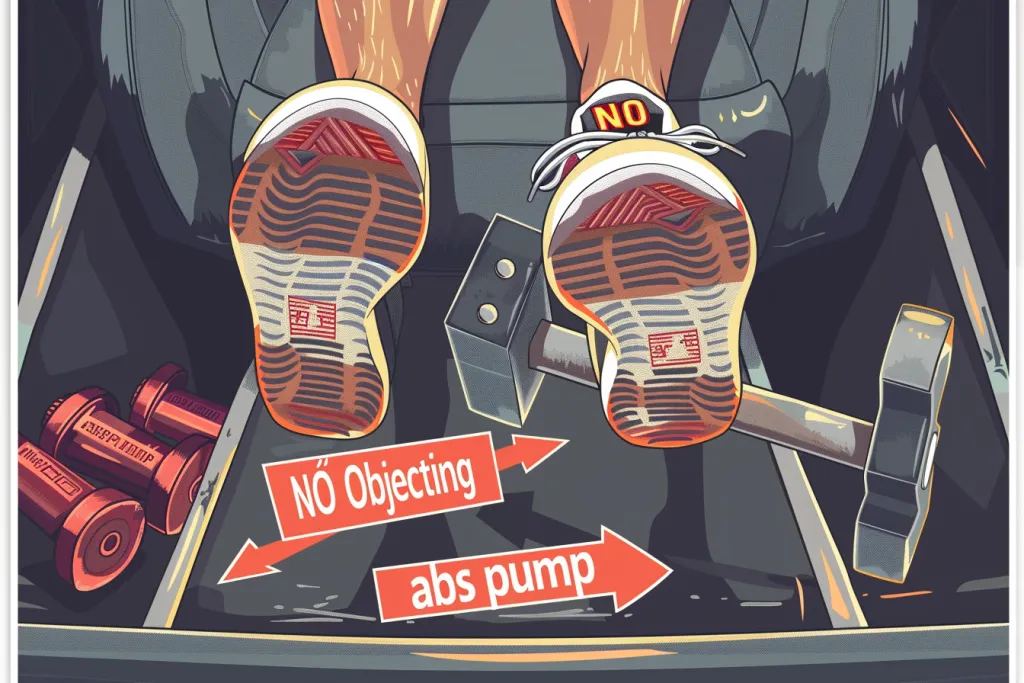
The Anti-Lock Braking System, commonly referred to as ABS, is a safety anti-skid braking system used on aircraft and land vehicles, such as cars, motorcycles, trucks, and buses. ABS operates by preventing the wheels from locking up during braking, thereby maintaining tractive contact with the road surface. Introduced in the 1970s for automotive use, ABS has become a standard feature in most modern vehicles. It consists of wheel speed sensors, a hydraulic control unit, and an electronic control unit (ECU), working together to monitor and adjust the brake pressure during critical stops.
What does ABS do?

ABS plays a pivotal role in vehicle safety by enhancing the driver’s control over the vehicle during emergency braking scenarios. By preventing wheel lock-up, ABS allows the driver to maintain steering control, which is crucial for avoiding obstacles. Furthermore, ABS can significantly reduce stopping distances on slippery surfaces, although it may slightly increase stopping distances on loose surfaces like gravel or snow. The system works by continuously monitoring wheel speed sensors and rapidly pumping the brakes when it detects a wheel about to lock up, thus preventing skidding and allowing for controlled stops.
How to choose ABS?
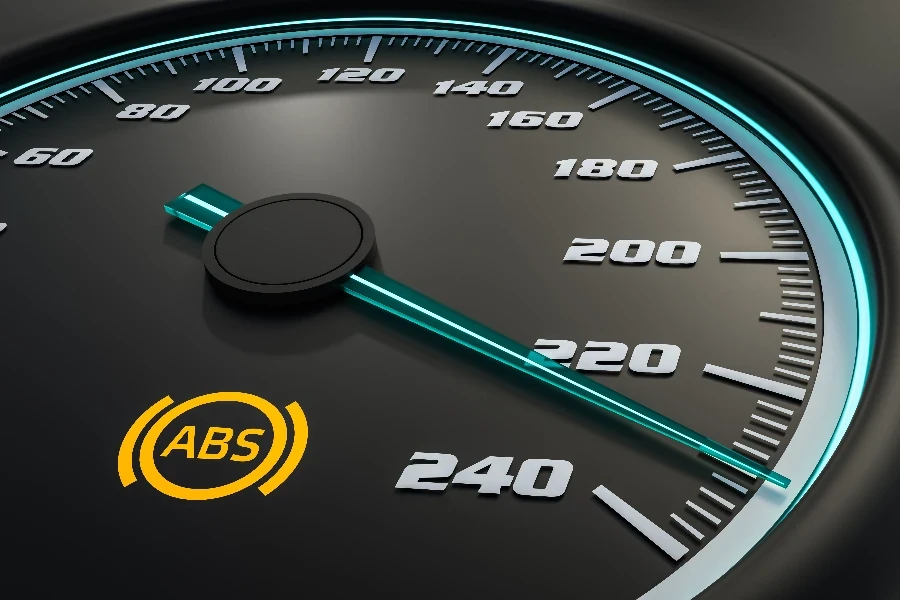
Choosing the right ABS for your vehicle involves considering several factors, including compatibility, quality, and features. Firstly, ensure the ABS system is compatible with your vehicle’s make and model. It’s also vital to opt for systems known for their reliability and durability, as this can affect the overall safety and performance of your vehicle. Some ABS systems come with additional features such as electronic brakeforce distribution (EBD) and brake assist (BA), which can further enhance braking efficiency and safety. Consulting with a professional or researching vehicle-specific forums can provide valuable insights into the best ABS options for your needs.
How long do ABS last?
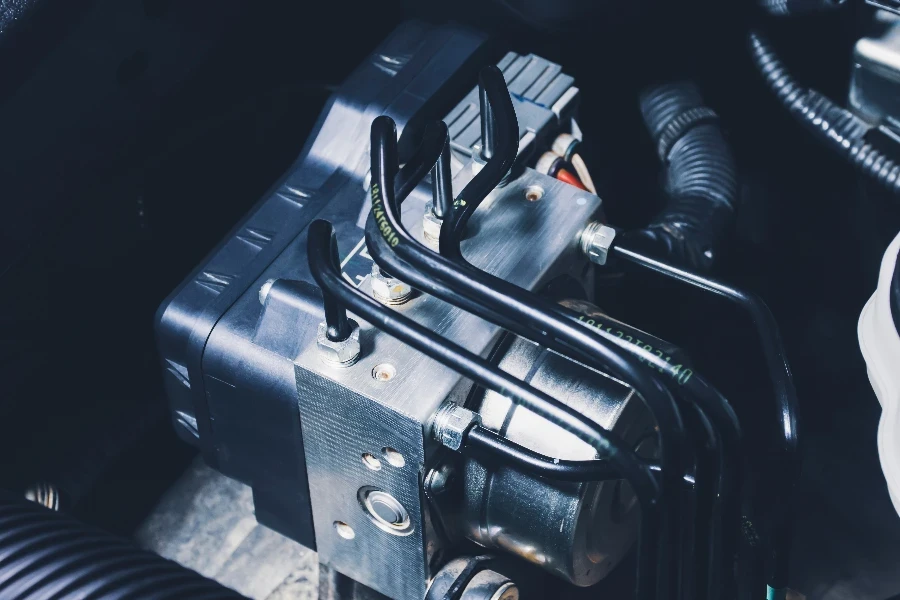
The lifespan of an ABS system can vary depending on several factors, including the make and model of the vehicle, driving habits, and maintenance practices. Generally, ABS systems are designed to last the lifetime of the vehicle. However, components such as wheel speed sensors, the ABS control module, and the hydraulic pump can develop faults or wear out over time. Regular maintenance, including checking the ABS system for error codes, inspecting sensors, and ensuring the hydraulic fluid is at the correct level, can help prolong the system’s life.
How to replace ABS?
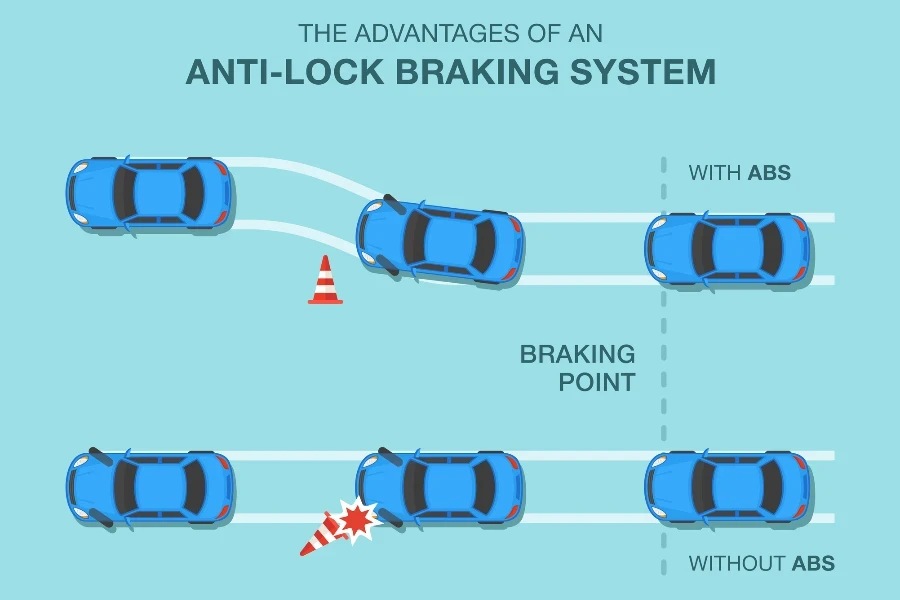
Replacing ABS components requires a level of technical knowledge and should ideally be performed by a professional mechanic. The process involves diagnosing the faulty component, which could be a wheel speed sensor, the control module, or the hydraulic unit. After identifying the faulty part, the vehicle’s battery should be disconnected, and the specific component can be removed and replaced. It’s crucial to follow the manufacturer’s guidelines for any ABS component replacement to ensure the system functions correctly after the repair.
How much are ABS?
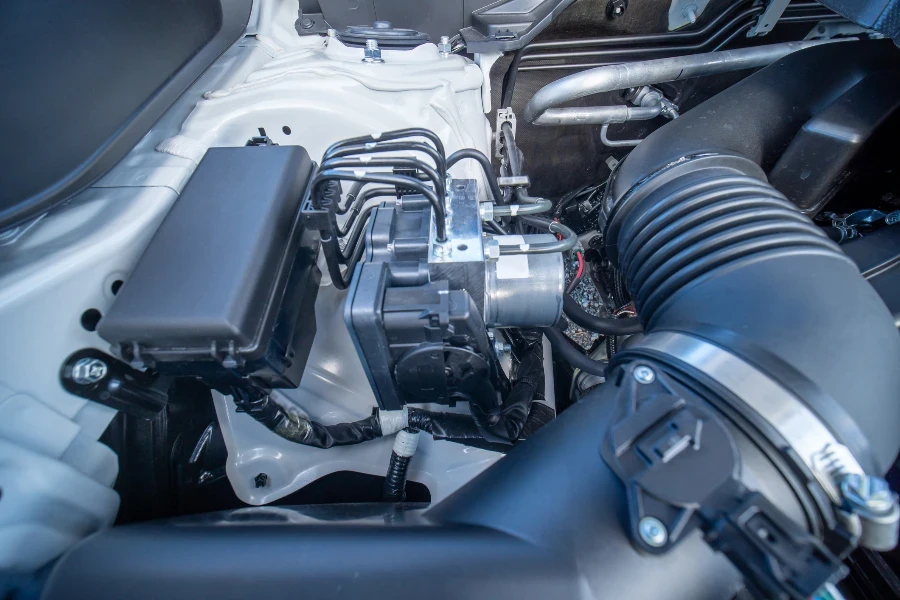
The cost of ABS components can vary widely depending on the vehicle’s make and model and the specific part that needs replacing. Wheel speed sensors can range from $20 to $100 each, while an ABS control module can cost anywhere from $200 to $600. The hydraulic control unit is often the most expensive component, potentially costing over $1,000 for some vehicles. Labor costs for replacing ABS components can also vary, with total repair costs potentially reaching several thousand dollars for complex issues.
Conclusion:
The Anti-Lock Braking System is a vital component of modern vehicles, significantly enhancing safety and control during emergency braking. Understanding what ABS is, how it functions, and how to properly maintain and replace its components can help ensure your vehicle remains safe and reliable. While the cost of ABS components and repairs can vary, investing in this crucial safety system is invaluable for the peace of mind and protection it provides.
